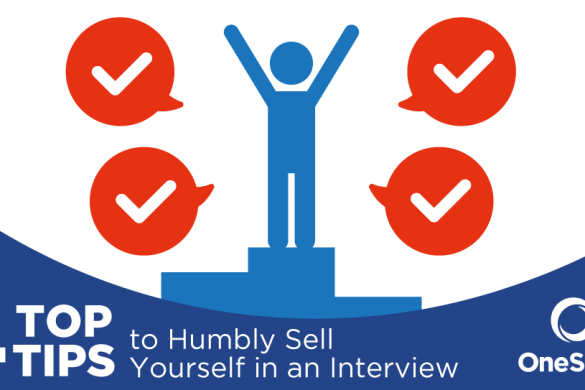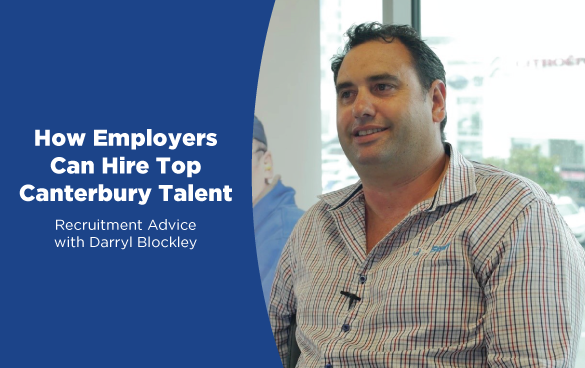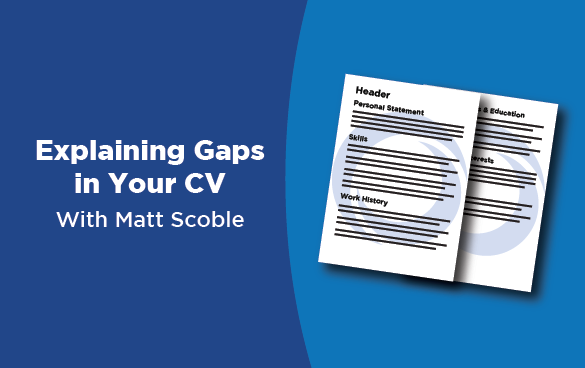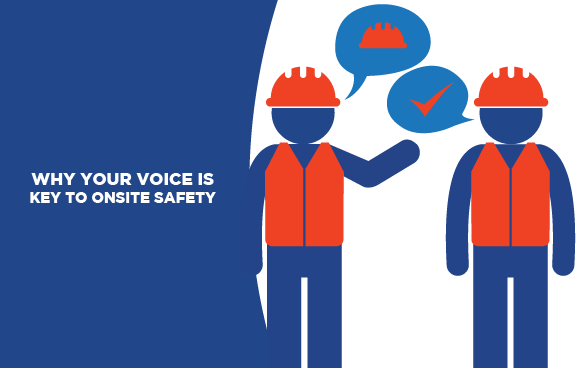For every new person hired into your business, their first impressions will have a lasting impact. After the job offer is made, the employment contract is signed and the new hire is informed of their start date, an excellent onboarding process helps your new team members make the best possible start.
Without a well-planned onboarding process, all the effort put into recruitment can be wasted. By making new hires feel welcomed and fully prepared, they’ll be better equipped to succeed in the role.
From our perspective as a recruitment agency specialising in temporary and permanent hires, we see the importance of the onboarding process is sometimes overlooked, or some organisations simply make avoidable mistakes because they’re unclear about best practices.
If you’re wondering what to do after hiring an employee, or think your employee onboarding could be improved, here’s a few tips for making the process go smoothly.
Set the Tone with the Job Description
Onboarding doesn’t officially kick off until the employee’s first day, but creating an effective process is something that starts even before initial contact with candidates.
In job descriptions and candidate interviews, being clear about the role requirements can help prevent unhappy surprises on an employee’s first day.
When writing job descriptions, take care to be realistic and upfront about the position and the company. You should also highlight the benefits of working for your organisation but be careful not to oversell it. You want your new team member to be excited, not disappointed on their first day.
Use an Onboarding Checklist
Employee onboarding can be a complex process, depending on the role and what part of the business they’re joining, so it’s useful to have a checklist. We recommend these checklists for an employee’s first day, week and month, to ensure that your new hires are adequately prepared and productive in the first weeks.
Before the First Day:
- Send Welcome Email/Text:
- Provide a warm welcome message addressed to your new employee.
- Include essential details such as start date, time, and company location.
- Attach any pre-employment paperwork or forms that need to be completed.
- Prepare Workspace:
- Ensure the new employee’s workspace is set up, including necessary PPE, uniforms, tools, and supplies.
- IT and Access Setup:
- Create and configure the new employee’s email account, building access and logins for any devices they’ll be using.
- Assign a Buddy or Mentor:
- Designate an experienced employee to help your new employee get familiar with the workplace, be introduced to colleagues and generally made to feel welcome.
On the first day, you can begin the next phase of the onboarding process. It’s important to avoid overwhelming a new employee with a long to-do list on their first day, as they’ll need a bit of time to adjust to their new surroundings.
On the First Day:
- Welcome Orientation:
- Conduct a formal welcome orientation, to show the new employee around.
- Introduce key team members and provide an overview of the company culture and values.
- Review Company Policies:
- Discuss important company policies, such as working hours, dress code, and communication protocols.
- Paperwork Completion:
- Ensure all necessary paperwork, including tax forms and employment contracts, is completed. (If you’re hiring through a recruitment agency like OneStaff, this will be taken care of for you.)
- Employee Handbook:
- Provide your new employee with a copy of the company’s employee handbook, which should include the company’s policies and who to contact in an emergency.
- Safety and Security Training:
- The first day can mark the start of essential safety and security training, including any mandatory training under New Zealand law.
Allow Plenty of Time for Training
The amount and depth of training a new employee should do during the onboarding process will always vary between companies and roles, but it’s essential to set aside the time to do it properly.
Even if the new person has performed in a similar role elsewhere in New Zealand, there are bound to be differences between companies, processes, health and safety procedures and expectations. Having a training plan in place will set a precedent and help new employees find their feet as quickly as possible.
When enlisting the services of a recruitment agency with an extensive safety programme, you can onboard new employees with a training plan fully mapped out before the first day, helping minimise disruptions and getting new hires up to speed as quickly as possible.
Don’t Forget to Follow Up
Goal setting is an often-overlooked aspect of the onboarding process, but it is a critical part of helping new team members get up to speed. The new starter needs to know what to expect and what is expected of them to perform well in the role.
Having a 30, 60 and 90-day plan with clear goals gives the employee an idea of what they should be achieving and when they should be achieving it, whilst giving management a benchmark for what to expect as well.
Tracking the progress of these goals in the first three months will take away the angst of a new starter. They’ll be able to see results without having to wait for their first annual performance review and identify what they are doing well, as well as any improvement areas.
Here’s what ongoing follow-ups can look like:
- Scheduling regular check-ins to ensure the employee is adapting well and address any concerns.
- Conducting regular performance reviews to provide constructive feedback.
- Creating opportunities for the new employee to network within the organisation.
- Provide them with resources for ongoing learning and professional development.
- Acknowledge and celebrate their work anniversaries and other milestones.
Get Onboarding Right with a New Zealand Recruitment Agency
Ultimately, an effective onboarding process reflects the time and effort put into them. The first few weeks of a person’s employment are the most influential and lay the foundation for their relationship with the business in the long-term.
Knowing what to do after hiring an employee allows new hires to get productive as quickly as possible. The initial support given to new hires is also important for maintaining a positive work culture, which is important for retaining your best employees.
For more onboarding advice, or support with your Construction or Industrial recruitment, get in touch with your local OneStaff team today.










